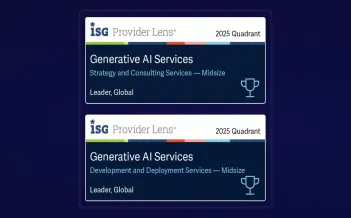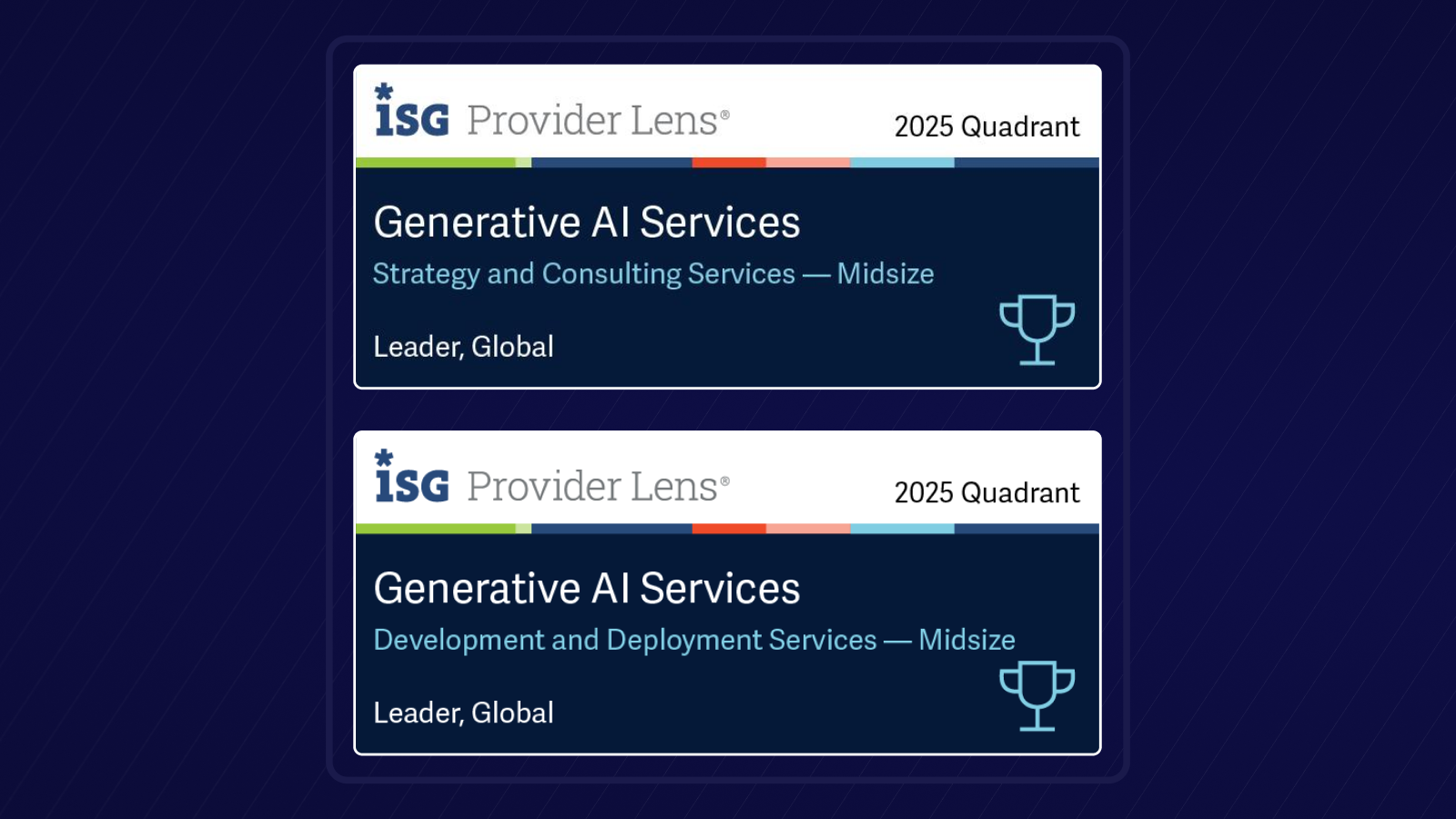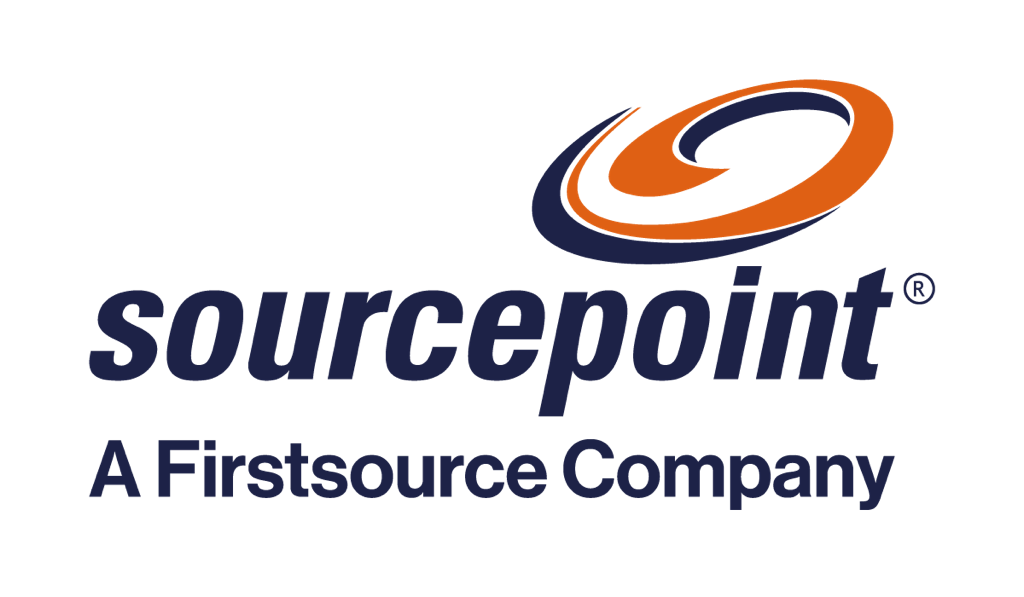Across industries spanning banking, insurance, healthcare, and telecom, AI is evolving from simple chatbots into powerful autonomous agents that can fetch data, negotiate, and automate complex workflows. These agentic AI systems offer significant gains in efficiency and ROI, but only when they can communicate securely and seamlessly.
Just as HTTP standardized the web, a new generation of agent communication protocols is emerging. These “invisible rulebooks” allow AI agents to share context, invoke tools, and coordinate tasks in a secure, scalable manner. At Firstsource, we leverage this foundation through our UnBPOTM transformation and relAI, our suite of AI-led solutions, platforms and services. By harnessing these protocols, we deliver intelligent digital operations for Fortune 500 clients, achieving higher efficiency, enhanced compliance, and measurable business outcomes.
Why Agent Protocols Matter
In simple terms, a protocol is a standardized language that allows systems to communicate. For AI agents, protocols enable interoperability, allowing agents across departments or platforms to collaborate, access tools, and exchange data without requiring bespoke integrations.
Without standard protocols, AI systems risk becoming fragmented silos. With proper protocols in place, enterprises gain several key advantages:
- Consistent Context Sharing: Agents enrich each other’s understanding by exchanging structured data such as customer records or real-time metrics.
- Tool Invocation: Agents can call functions or access databases securely, similar to how browsers interact with web APIs.
- Secure Discovery: Agents can advertise their capabilities and endpoints, enabling others to find and interact with them without required any hardcoding.
- Cross-Vendor Collaboration: Since enterprises typically use tools from multiple vendors, protocols like A2A and ANP ensure that agents built on different platforms are compatibility.
This interoperability enables modular, scalable AI architectures where agents function as plug-and-play components similar to Lego blocks. The business benefits here include faster development cycles, reduced integration costs, easier scaling capabilities, and improved security postures.
The Core Protocol Stack
Several emerging protocols are defining the communication layers in agentic AI systems. These protocols are rapidly gaining adoption across enterprise AI ecosystems:
1. Model Context Protocol (MCP)
Developed by: Anthropic
MCP is an open JSON-RPC standard that allows LLM-based agents to dynamically access relevant documents, APIs, or databases as part of their operational context.
Example: An insurance claims agent uses MCP to instantly retrieve a customer’s policy from a database, significantly improving response accuracy.
In essence, MCP provides a "universal power socket" for agents to plug into tools and data sources, boosting contextual understanding and decision quality.
2. Agent-to-Agent Protocol (A2A)
Developed by: Google
A2A enables scalable, peer-to-peer collaboration between agents. Each agent publishes an Agent Card containing identity, capabilities, endpoints, and authentication information, then communicates using a standardized API.
Example: During customer onboarding, CRM, HR, finance, and compliance agents collaborate via A2A for seamless workflow orchestration.
Used in Firstsource’s Agentic AI Studio and relAI services, A2A ensures agents across platforms like SAP, Workday, or ServiceNow communicate effectively within systems.
3. Agent Communication Protocol (ACP)
Originated from: IBM Research’s BeeAI Project
ACP focuses on local-first or offline scenarios by adding a REST-native messaging layer. This allows agents on the same local network such as IoT devices, edge nodes, to discover and communicate without cloud dependencies.
Think of it as enabling smart agents in a manufacturing facility coordinating in real-time, even without internet access.
4. Agent Network Protocol (ANP)
ANP is an open-source, blockchain-inspired protocol designed to serve as the “HTTP for the agentic web.” It leverages decentralized identifiers (DIDs) and semantic graphs to allow agents to discover and trust each other globally.
Imagine an AI assistant in New York securely collaborating with another in London without pre-integrated connections.
5. Agent Protocol (AP)
Proposed by: LangChain
AP provides a RESTful, framework-agnostic specification for managing agent lifecycles and interactions. It ensures agents built on different platforms (e.g., LangGraph) can operate together seamlessly.
Together, these protocols form a complete stack:
- MCP for context and tools
- ACP for local/offline messaging
- A2A for multi-agent workflows
- ANP for global agent discovery
- AP for standard agent management
Business Benefits: Efficiency, ROI, and Compliance
Though these protocols may sound technical, their impact on enterprise performance is tangible and significant:
1. Operational Efficiency and Scalability
By breaking processes into “agentic” microservices, workflows become modular and easily reconfigurable. Standard protocols ensure that adding or replacing agents doesn’t disrupt operations, accelerating deployment and scaling capabilities.
Clients in finance and telecom are already reporting major efficiency improvements through these implementations.
2. Real-Time Context for Smarter Automation
Protocols ensure agents operate with up-to-date data which is critical for accuracy in sectors like BFSI and healthcare.
Insurance agents can fetch medical history in real-time via MCP. In banking, document processors achieve 97% accuracy by accessing the right data at the right time. In telecom, agent-based service improves first-call resolution rates while reducing compliance violations.
3. Robust Security and Compliance Framework
Enterprise-grade security is built into modern protocols. Many use machine identities and mTLS encryption to secure agent interactions.
Every task, message, and data access is verifiable and logged, meeting regulatory standards like GDPR, HIPAA, and PCI compliance requirements.
4. Cross-Platform Flexibility and Future-Readiness
Adherence to open standards prevents vendor lock-in scenarios. Firstsource’s relAI platform is model-agnostic and protocol-ready, allowing clients to integrate new AI tools and models effortlessly.
Telecom clients, for example, can onboard new AI vendors or integrate custom hardware with minimal operational disruption, thanks to A2A protocol implementation.
The UnBPOTM Transformation: From Process to Platform
At Firstsource, our UnBPOTM transformation reimagines traditional operations by breaking them into interoperable, intelligent components. This shift from static processes to dynamic platforms enables real innovation and scalable growth.
As our CEO Ritesh Idnani emphasizes, our agentic AI strategy “delivers meaningful innovation, enhances operational efficiency, and unlocks scalable growth.”
Our Chief Digital & AI Officer, Hasit Trivedi adds that our approach helps clients “adopt digital technologies pervasively and responsibly,” removing adoption barriers and enabling transformation.
Conclusion: The Future is Agentic
The emerging communication protocols that form the "new language" of AI agents represent a fundamental infrastructure requirement, not an optional enhancement. These protocols serve as the backbone of next-generation digital operations.
Firstsource’s experience in implementation shows that combining agentic protocols with deep domain expertise leads to measurable business outcomes. We encourage enterprise leaders to embrace this technology shift today: choose platforms and partners that are built on these emerging standards, and position your organization to succeed in an era of intelligent, interoperable digital workforces.










